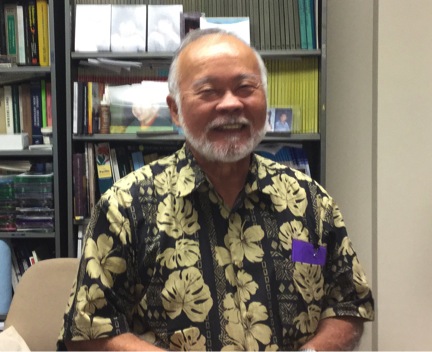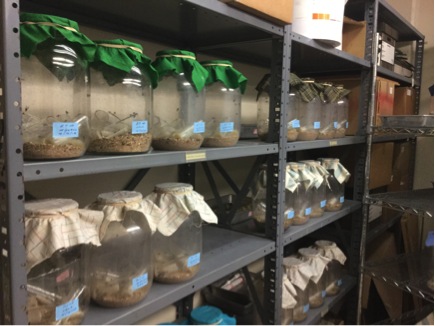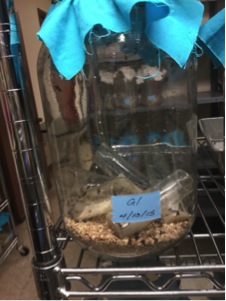Drosophila Genomics and Genetic Resources
Kyoto Institute of Technology
- Department of Drosophila Genomics and Genetic Resources
Center for Advanced Insect Research Promotion
Kyoto Institute of Technology - Saga Ippongi-cho, Ukyo-ku, Kyoto 616-8354, Japan
- Phone: 075-873-2660
- Facsimile: 075-861-0881
DGGR NEWS & EVENTS
- Home
- DGGR News & Events
- Hawaii and San Francisco Shuccho 2
Hawaii and San Francisco Shuccho 2
Posted in News English,センター活動 on May 19,2015
Hawaii
(May 14-17) We arrived back in Honolulu Thursday afternoon and on Friday spent the day in Professor Ken Kaneshiro's laboratory finishing up our work. Dr. Kaneshiro's hospitality and access to his laboratory facilities allowed us to complete a most successful project to obtain Drosophila grimshawi tissue samples for genomic analyses. Here is a picture of Dr. Kaneshiro:
 (apologies to Ken for my poor photography skills!).
(apologies to Ken for my poor photography skills!).
Dr. Kaneshiro is one of the most pre-eminent Drosophila experts in the world and he heads one of the finest conservation labs in world, particularly in the study of endemic Hawaiian Drosophilidae and other insect species on the Islands. Professor Kaneshiro heads up one of the most successful evolutionary biology programs focused on conservation and training in the world as the Director of Center for Conservation Research & Training (CCRT). You can learn more about Dr. Kaneshiro's research and conservation efforts at:
http://manoa.hawaii.edu/biology/people/kenneth-kaneshiro
Here are the D. grimshawi flies that were provided by Dr. Kaneshiro and staff:
The facility houses numerous other Drosophila Hawaiian flies, many of them rare or threatened and this is one of the very few facilities in the world that can grow and maintain these stocks. This is possible due to the many decades of research by Dr. Kaneshiro and colleagues that perfected the capture and rearing of these flies.

Below is a close up view of the D. grimshawi flies as they are induced to mate and lay eggs into the small culture vials in inside the larger bottle. Note the bottom substrate that is composed of mainly sand of the right physical dimensions to allow the hatched larvae to crawl down into the sand and pupate.
